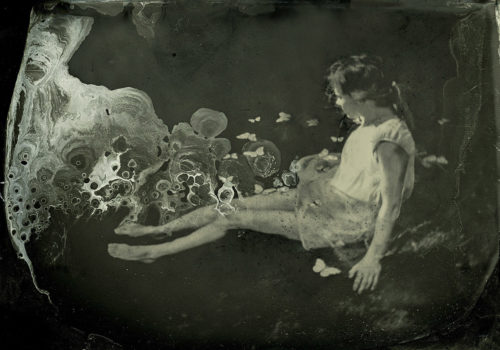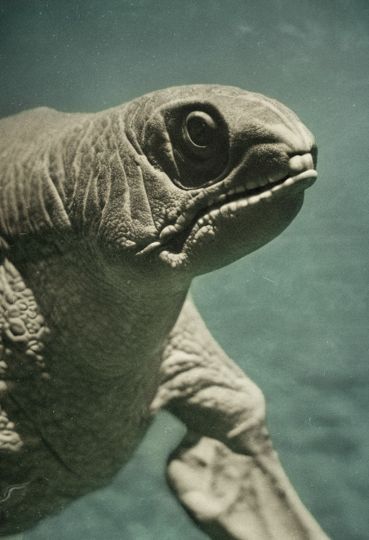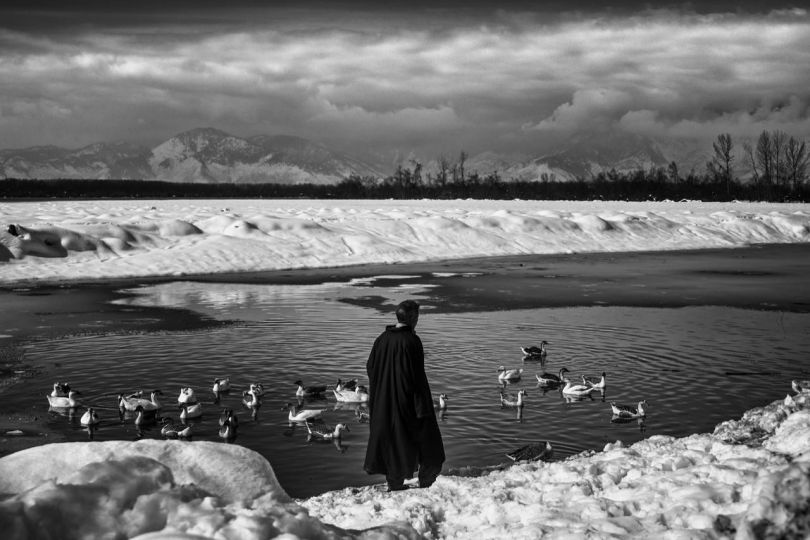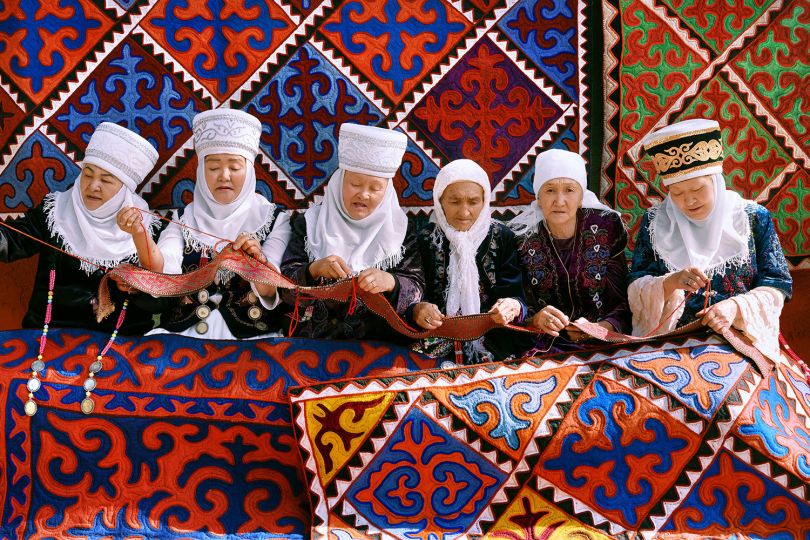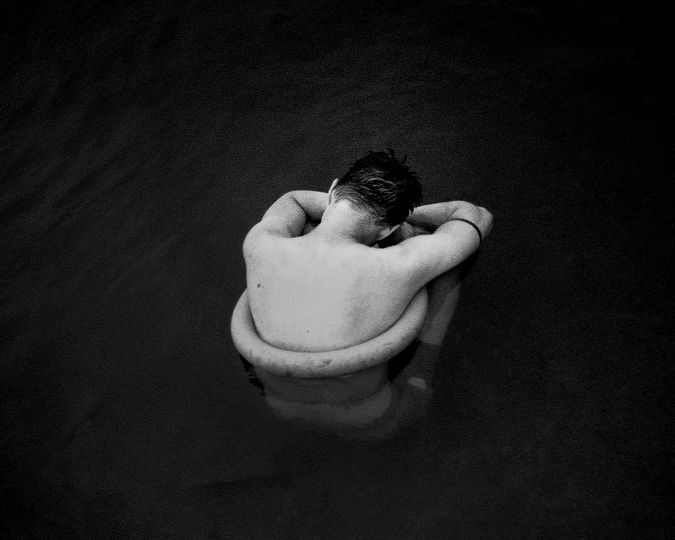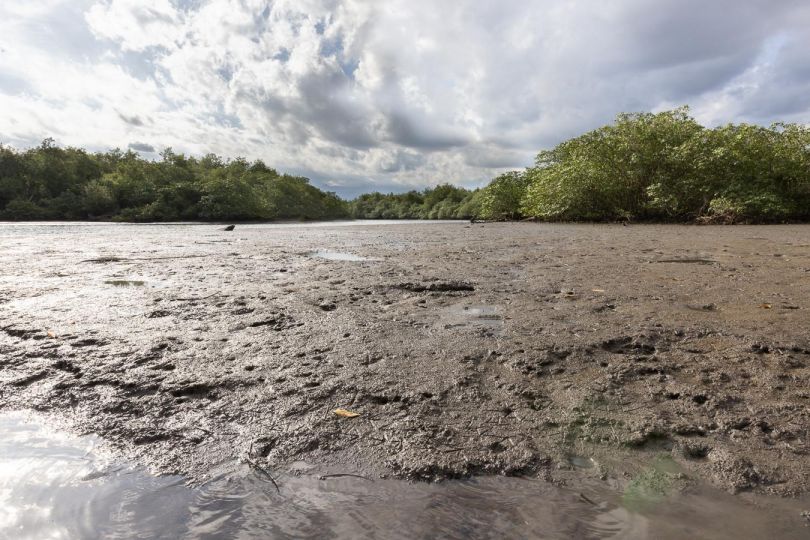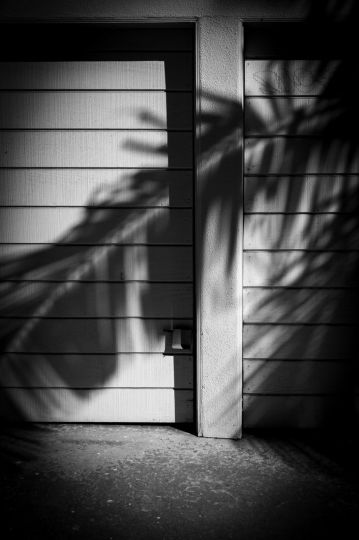Spring all year round
Between April and December 2020, due to COVID-19, it was difficult for me to continue my photographic research, since I could not welcome models for my projects. While browsing the Internet, I noticed that there were artists who offered virtual sessions with models who sometimes lived thousands of kilometers away. I then had the idea of setting up a bellows device in front of a computer to convert digital representations into wet collodion. I wanted to revisit previous productions and “recontextualize”, reinterpret my favorites. The result turned out to be so interesting that I made a series. In this way, I have anchored ancient processes with the technology of today. I have reached a stage in my life where I have to go back to the knowledge of the past to refine my current concepts.
Against the current technological speed of today, I try to find a speed that suits my aesthetic style. I record times rather than moments. On average, my shots for this project were between 8 to 20 minutes. With this ancient medium, I question the materiality of the image by highlighting errors, accidents, imperfections and the qualities of vagueness; it is the completely manual know-how that interests me. Thus, I am not in the service of a program or an automatic imaging machine.
Investing in slow photography means producing images that are recorded in all delicacy. The writing of time is visible on my performative and poetic representations: the collodion that has flowed onto the plate or even dried over time. Slow photography allows me to remain open to all the unforeseen events that disturb my initial intention, my mental concepts.
*As you know, the wet collodion technique is the process that replaced the daguerreotype in the late 1840s; It is this complex chemical method that is the origin of the term photography. Briefly, wet collodion is a technique developed by Frederick Scott Archer (1850). Using old processes, I make a yellowish syrup that I coat on an aluminum sheet (5×7 inches). Then I insert the latter into a bellows device from the beginning of the 20th century. Once the shot is taken, the matrix serves me as a positive. In the end, I digitize my aluminum plate to make large format prints on paper for exhibitions.

